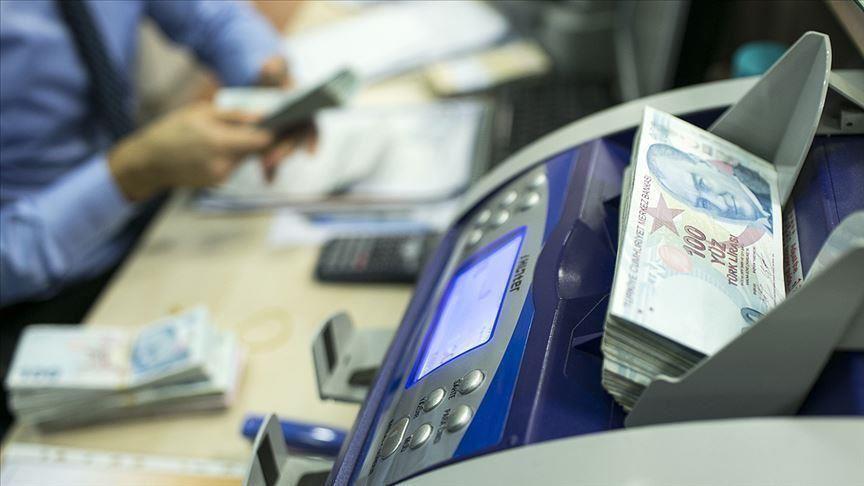
Turkey’s gross domestic product (GDP) at current prices totaled 914.7 billion Turkish Liras (some $170.4 billion) from January to March, the Turkish Statistics Institute (TÜİK) announced on May 31.
The Turkish economy contracted by 2.6 percent year-on-year in the first quarter of 2019, TÜİK said.
A group of 15 economists polled by Anadolu Agency earlier this week had projected the Turkish economy to have shrunk 2.5 percent during the period, with forecasts hovering between minus 1.7 percent and minus 4.3 percent.
Data from TÜİK showed that total value-added surged 2.5 percent in the agricultural sector, while falling 4.3 percent in industry, 10.9 percent in the construction sector and 4 percent in services, compared with the same quarter of last year.
Households’ final consumption declined by 4.7 percent on an annual basis in the first three months of 2019, after falling 8.9 percent in the previous quarter. Government spending rose 7.2 percent in the first quarter from a year ago. That followed a 0.5 percent increase in government spending in the final quarter of 2018. Gross capital formation, which declined 12.9 percent in the fourth quarter of last year, declined by 13 percent in the first quarter of 2019.
GDP data also showed that exports increased by 9.5 percent in the first quarter while imports fell by 28.8 percent on an annual basis.
The institute added that seasonally- and calendar-adjusted gross domestic product rose by 1.3 percent from the previous quarter.
The country’s economy grew 2.6 percent in 2018 while its GDP at current prices was 3.7 trillion liras.
As laid out in Turkey’s new economic program announced last September, the economic growth target of the Turkish government is 2.3 percent this year, 3.5 percent next year and 5 percent by 2021.
Rebalancing underway
On a related note, the Central Bank said in its biannual Financial Stability Report, released on May 31, that recently released data reveal that the economic rebalancing has continued through the first quarter of 2019.
“Leading indicators pertaining to this period suggest that the downtrend in economic activity that started in the second half of 2018 has lost its pace,” the bank added.
The report suggested that despite the deceleration trend in global growth, particularly in EU countries, the external demand outlook remains positive.
“In the first quarter of 2019, annual loan growth recovered moderately as the high base effect stemming from Treasury-backed Credit Guarantee Fund [CGF] loans extended in 2017 abated, new CGF loan packages were introduced, credit conditions were slightly loosened particularly led by public banks, several arrangements in retail loans and loan campaigns were launched.”
The Central Bank, however, noted that despite the recovery trend, loan growth is still below the historical averages, which is attributed to differences between bank’s risk appetites as well as weak loan demand.